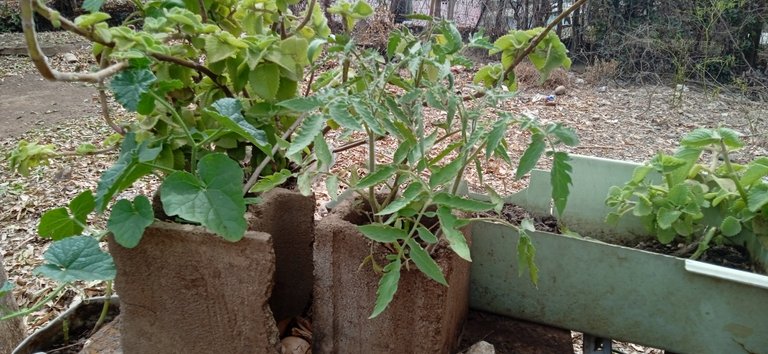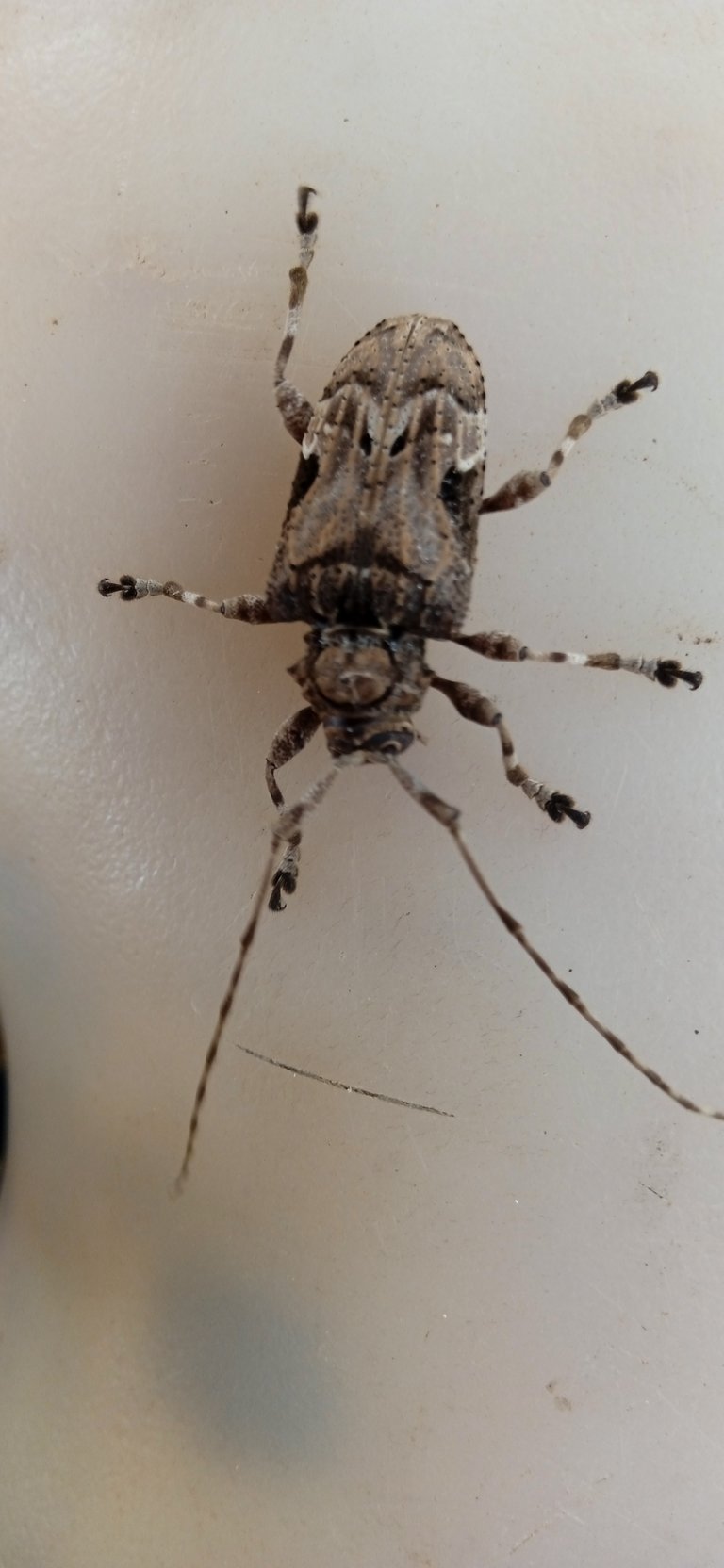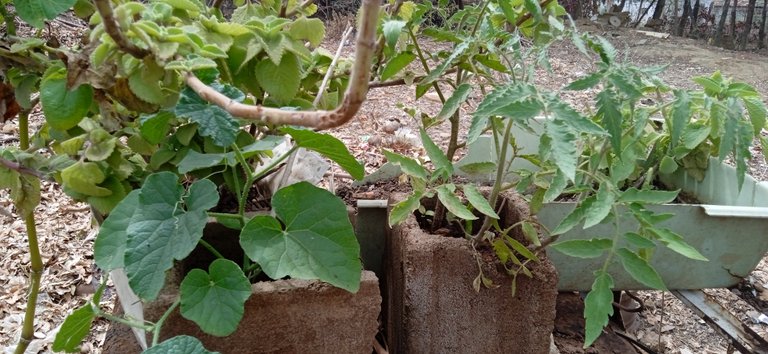[Eng-Esp] The life of insects is worth living//La vida de los insectos vale la pena.
Hello how are my friends from the fascinating World of Insects, today during the morning watering my garden of edible plants I found an insect that caught my attention because I saw a brown, black and white appearance, it has two antennas on its head that I am sure function as sensors to detect any movement when exposed to danger from a predator. I found this camouflaged insect trapped between blocks and plant manure.
Hola como estan mis amigos del fascinante Mundo de los Insectos, hoy en el transcurso de la mañana regando mi jardin de plantas comestibles me encuentro un insecto que me llamo mucho la atencion porque vi una apariencia cafe, negra y blanca, tiene dos antenas en su cabeza que estoy seguro funcionan como sensores para detectar cualquier movimiento cuando se expone al peligro de un depredador. Encontré este insecto camuflado atrapado entre los bloques y el estiércol de las plantas.
Essentially, I took some time to enjoy the walk of this beetle from the family Cerambicydae called Mesosa Curculinoides. I am shocked because this insect is very abundant in Europe, South Korea and scarce in Belgium and I asked myself this question? How would this Fascinating Insect get here in Venezuela, Guárico and precisely to my garden?
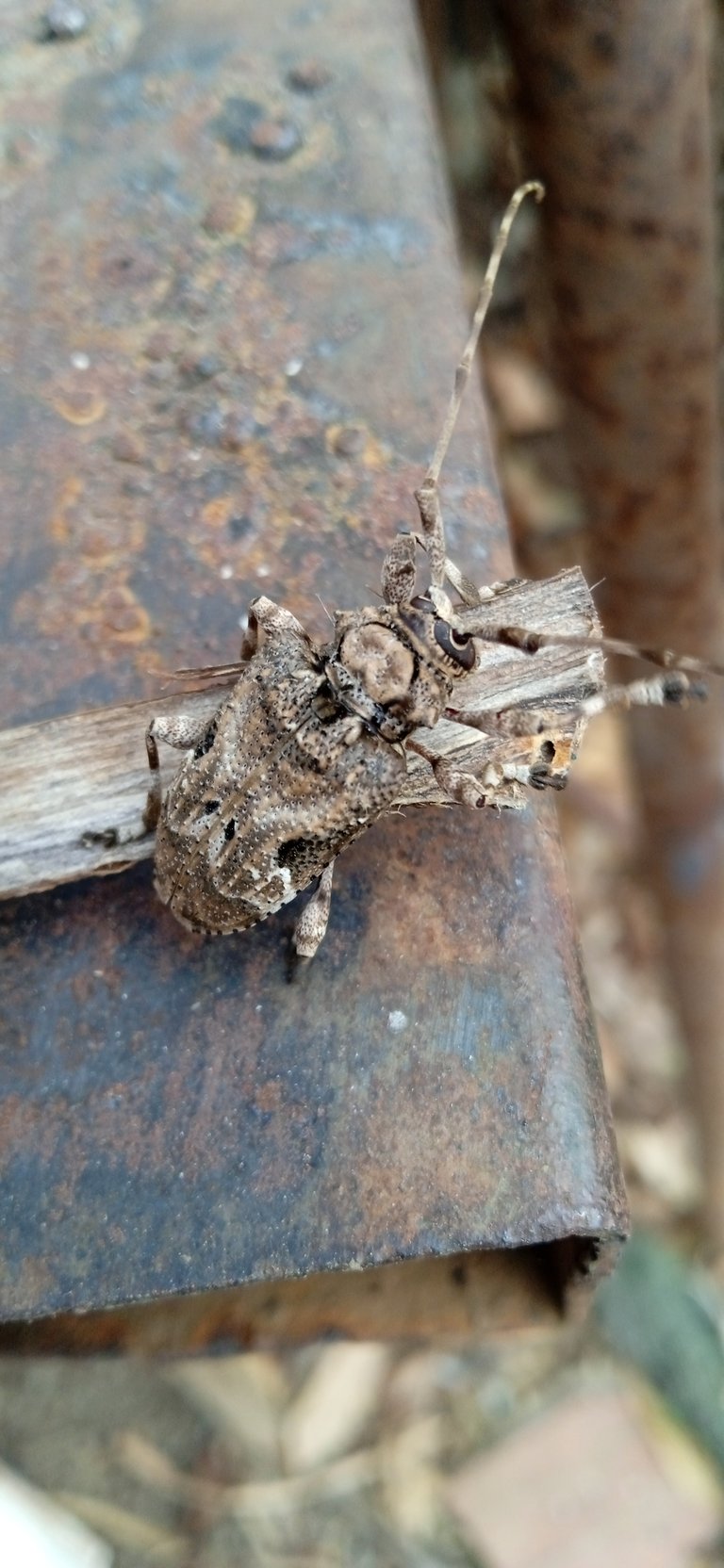
Esencialmente, me tomé un tiempo para disfrutar cómo caminaba este escarabajo de la familia Cerambicydae llamado Mesosa Curculinoides. Estoy impactado porque este insecto es muy abundante en Europa, Corea del Sur y escaso en Bélgica y me hice esta pregunta? ¿Cómo llegaría este Insecto Fascinante hasta aquí en Venezuela, Guárico y precisamente hasta mi huerta?
This insect feeds on Larix decidua, Abies alba, Corylus avellana, Fagus sylvatica and Castanea sativa. This insect measures from 10 to 17 mm, it has wings, 6 legs where at the tip we can see that it has a hoof that gives it a better grip when it climbs a tree and is its defense mechanism, it has several colors: Marin, Black, White and in the upper part at the height of the last two legs a w-shaped figure can be seen, in the upper part of the head it has a figure like a brain, on the sides of the head two horns.
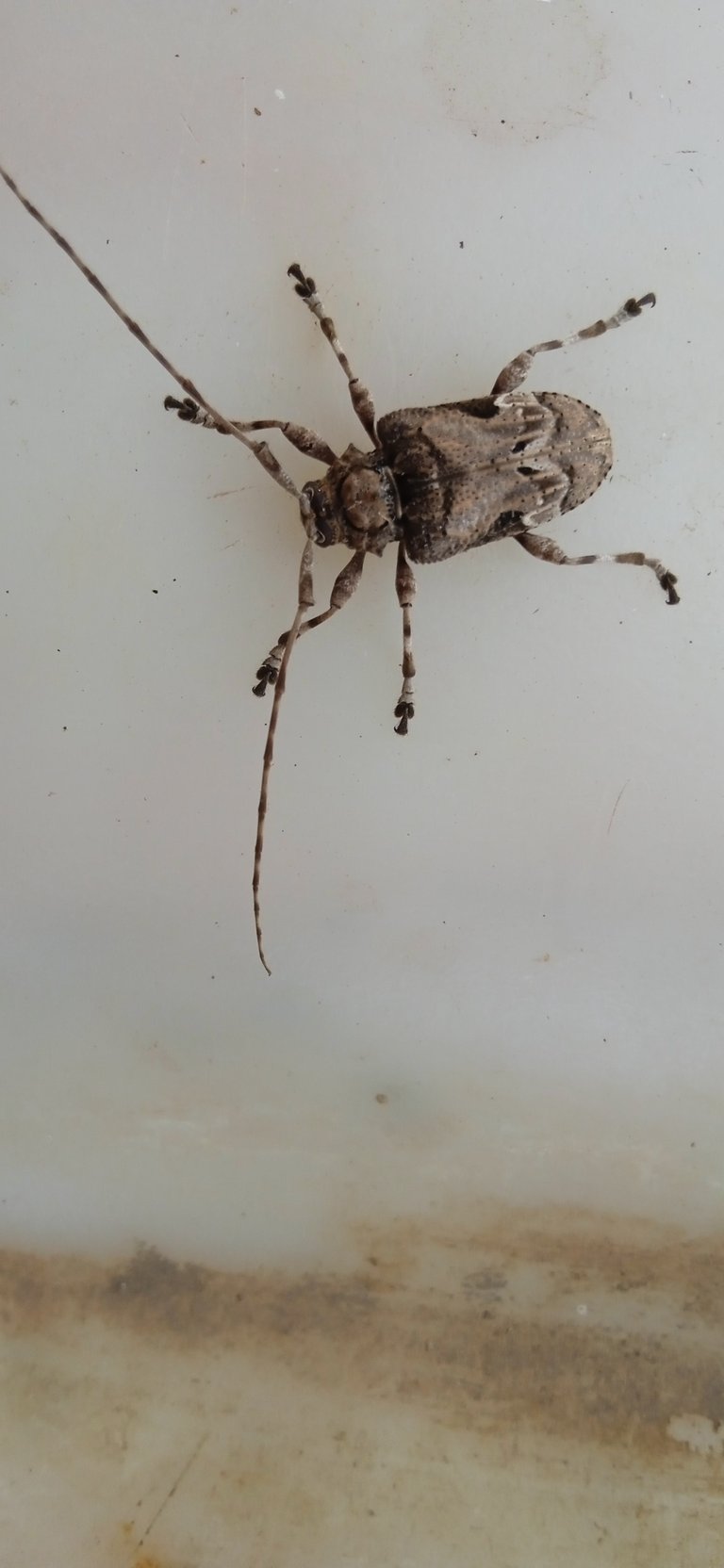
Este insecto se alimenta de Larix decidua, Abies alba, Corylus avellana, Fagus sylvatica y Castanea sativa. Este insecto mide de 10 a 17 mm, tiene alas, 6 patas donde en la punta podemos ver que tiene una pezuña que le da mejor agarre cuando se sube a un árbol y es su mecanismo de defensa, tiene varios colores: Marin, Negro, Blanco y en la parte superior a la altura de las dos últimas patas se aprecia una figura en forma de w, en la parte superior de la cabeza tiene una figura como un cerebro, a los lados de la cabeza dos cuernos.
Today observing this insect in detail and after studying it, I left it in a higher and more leafy tree so that it would not be covered and eaten by the poultry that are in my house.
My reflection today. We must consider insects as important lives to maintain the ecological balance, if the human species did not exist, all animals would be happy.
Until next time my dear friends I hope you enjoyed my publication.
The photos are taken from my Redmi 9A phone.
Hoy observando con detalle este insecto y después de estudiarlo, lo dejé en un árbol más alto y frondoso para que no fuera alcalzado y devorado por las aves de corral que hay en mi casa.
Mi reflexión de hoy. Debemos considerar a los insectos como vidas importantes para mantener el equilibrio ecológico, si no existiera la especie humana todos los animales serían felices.
Hasta la próxima mis queridos amigos espero que hayan disfrutado de mi publicación.
Las fotos están tomadas desde mi teléfono Redmi 9A.
